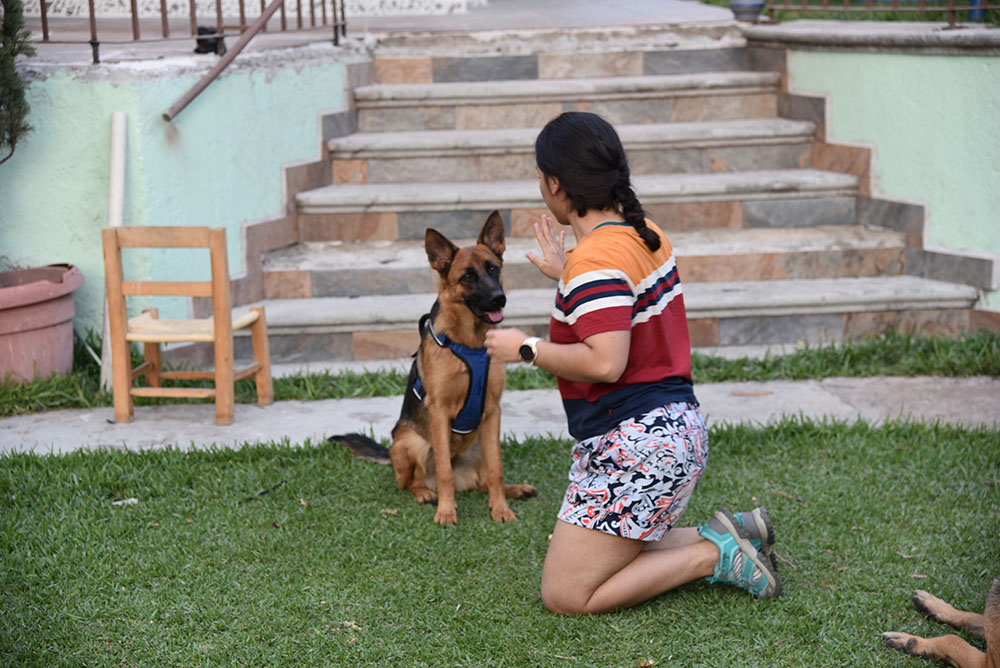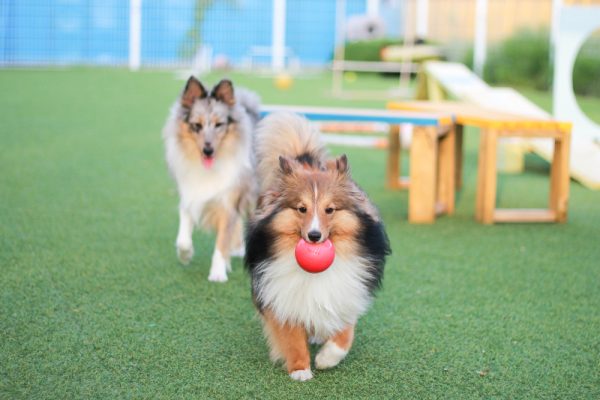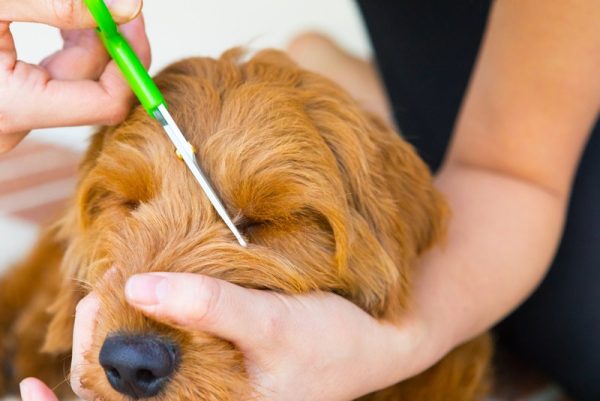Everyone knows that training dogs in basic commands is important. After all, these commands make your dog much more manageable. However, what about tricks? They aren’t exactly the most practical cues, but are there any benefits for you or your pooch if you throw a few into the training routine?
In this article, we’ll take a look at exactly that. Tricks aren’t only for show, it would seem. There are many benefits that you may want to consider.

The 7 Benefits of Dog Trick Training
1. Bonding
This is one of the few benefits both you and your dog share when it comes to trick training. Spending time with each other while training leads to a deepening bond, even when that training involves tricks and not something more practical. Any sort of training can help your dog bond closely with you and learn to be a bit more obedient.
At the same time, trick training is also a fun way for your dog to spend time with you. Many dogs love spending time with their people doing just about anything. However, training ensures that your attention is almost completely on your dog, which is one reason it’s such an effective opportunity for bonding.
We do recommend teaching basic commands first. However, after that, figuring out what else to teach your dog can be challenging. You often just need to dip into training new tricks to continue motivating, stimulating, and bonding with your dog. These behaviors or tricks are just for fun, but they offer an amazing opportunity to spend quality time together.
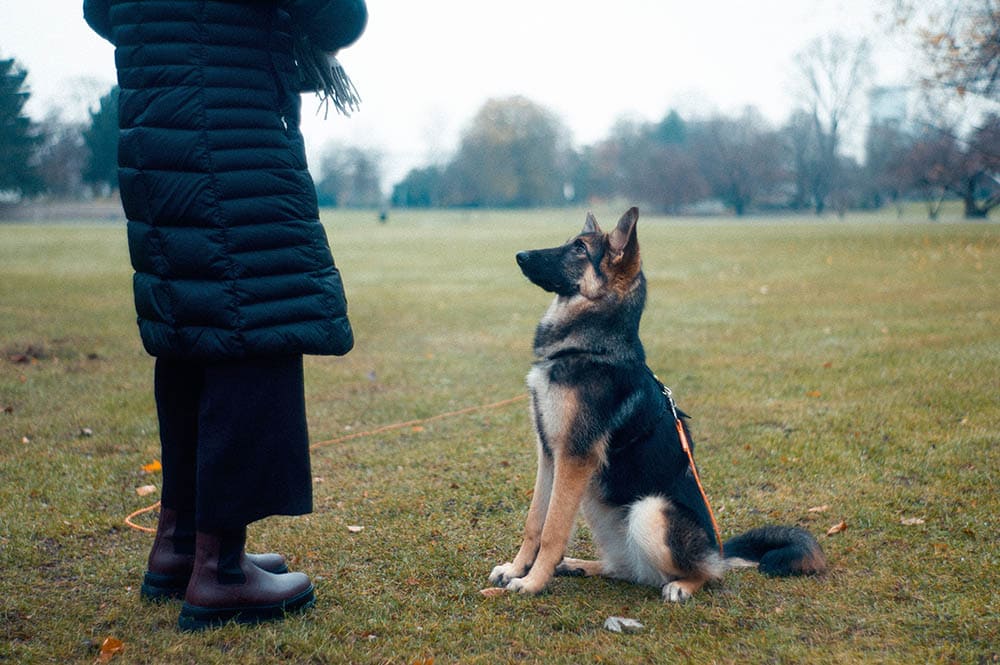
2. Mental Stimulation Enriching Their Daily Lives
Dogs need plenty of mental stimulation. Many people know that dogs need exercise, but they may not take into account that dogs often need mental exercise, too. Otherwise, dogs can become bored, leading to destructive behaviors.
Bored dogs will find a way to entertain themselves, and that usually involves something that you don’t want them to do. Training is one of the best ways to tire out your dog’s mind. Learning something new can help to mentally challenge your dog, making them less prone to boredom.
Of course, if you stick to the same training routine, your dog will eventually lose motivation. In training sessions, dogs need variability and some surprise or novelty to keep them engaged. While they need consistency during the training process of each behavior, once the dogs have learned something you can mix things up. However, at this point, it’s very helpful to find a new trick to keep your dog’s mind busy and your pup motivated.
3. Increased Attention and Obedience
Obedience is a skill in itself. When you teach a little puppy their first command, you aren’t just teaching them that specific command. You’re teaching them to be attentive to you, behave a certain way, and to learn how to follow your commands.
Because dogs are gregarious creatures that follow a hierarchical structure, most dogs are naturally obedient. For other dogs, they must learn to prioritize your command over what they want to do. Either way, extra practice being attentive and obedient is never a bad thing, especially if you keep training sessions fun.
Trick training is another way to help your dog develop their attention and obedience. Many dogs have a hard time being obedient, even after learning all of the basic commands. While this may only be a temporary issue, such as when dogs are passing their juvenile years, trick training can help them get a bit more practice in their attention and responsiveness to you.
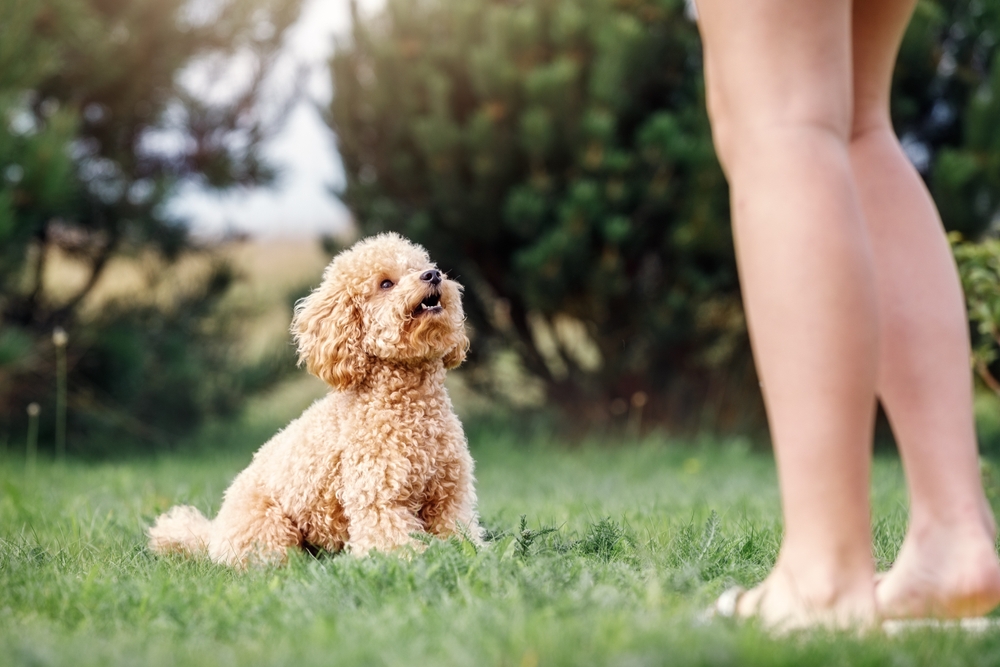
4. Better Behavior
Thanks to the increased obedience and mental stimulation, your dog will likely act better overall. This won’t be a direct result of the trick, as it may be for more practical commands. However, it is a happy side effect of trick training.
Your dog will learn how to obey a bit better, helping them obey other commands on top of the trick you’re teaching them. They’re also less likely to get bored, reducing the chance of destructive behaviors like chewing.
However, it is important to note that not all dogs will start to behave better just because you teach them a trick or two. It’s almost always more straightforward to handle the problematic behavior directly if your dog is acting badly. All the trick training in the world won’t help you overcome poor boundaries elsewhere.
5. Your Entertainment
Of course, training your dog to perform tricks also gives you something fun to do. Many people enjoy training their dogs, especially if they have a more obedient breed. Trick training allows you to continue training past the basic and typical commands, especially if you don’t want to do agility or obedience competitions.
Plus, well-trained dogs can perform tricks to entertain your guests at dinner parties. Children love tricks, especially if they can take part in them. Tricks can be particularly great for therapy dogs, who can show off to patients.
While entertainment preferably shouldn’t be the only reason you train your dog to do tricks, the fun is a great motivator.
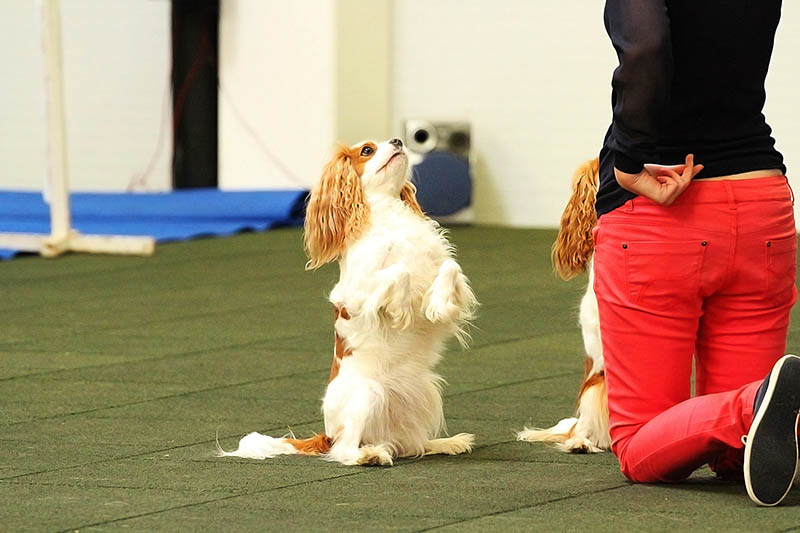
6. Improved Focus and Attention
Training and obedience, in general, require a lot of focus on your dog’s part. Often, our dogs will ignore us. If they are not trained or motivated to listen over all the distractions. For this reason, it is important to practice commands in areas with distractions—not just in your living room! Otherwise, your dog may only be able to perform during training sessions, not in the real world when you need them to.
Luckily, tricks can help with this, too. Tricks provide your dog with something new to concentrate on, improving their attention and increasing their ability to listen to your commands. The more experience your dog has with training, and the more positive and motivated they find your session, the better they will be at listening!
Trick training can also increase your dog’s ability to be attentive during training sessions, allowing you to get more done in a single session. If you want to train your dog in more advanced commands but aren’t quite ready, trick training can be a great way to improve their focus before jumping into the harder stuff.
7. Physical Exercise
Many tricks involve quite a bit of physical movement. For instance, many tricks include jumping or weaving. If your dog loves to exercise, adding some of the tricks can help you meet their exercise needs without wearing yourself out. Many dogs that require lots of exercise also get bored quickly doing the same walks and runs over and over again. Adding tricks can help spice things up.
You can add these tricks to agility training, too, which is mostly just a bunch of tricks. Of course, just training tricks can also be helpful if you don’t want to dive all the way into agility.
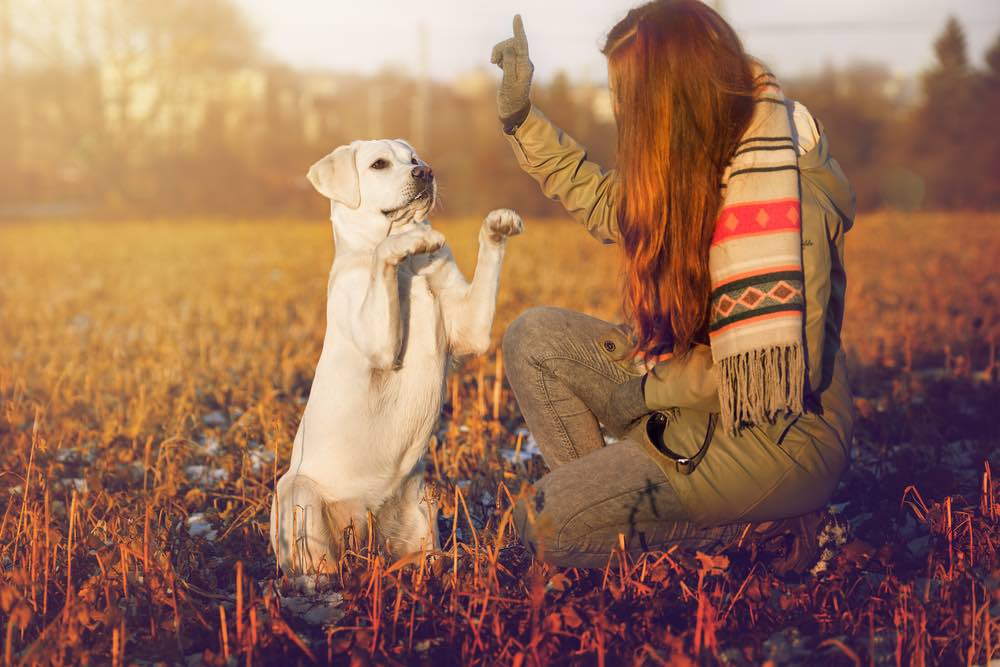

Conclusion
Trick training can be beneficial to almost every dog. However, some dogs will benefit more from it than others. Tricks are particularly great for active, intelligent dogs that need something to keep their mind busy. Trick training can be great for these dogs after they master basic commands.
Often, for more intelligent dogs, the challenge becomes not training them but trying to figure out whatto train them to do. These dogs can get bored and training can be used to provide mental stimulation, but there are only so many practical commands out there. Tricks can fill in this need.
Tricks can also be useful between beginning commands and more advanced commands. Sometimes, a dog needs more practice to develop their attention or more maturity. By adding tricks in the training rotation before advanced commands, you might give your dog a better chance of success. Trick training is meant to be fun and an excellent way to strengthen your bond with your dog by spending quality time together developing new skills. Not to mention the pride you will feel when your dog becomes the center of attention showing off all these skills and bringing smiles to your family and friends!
Featured Image Credit: artimageserandi, Shutterstock

